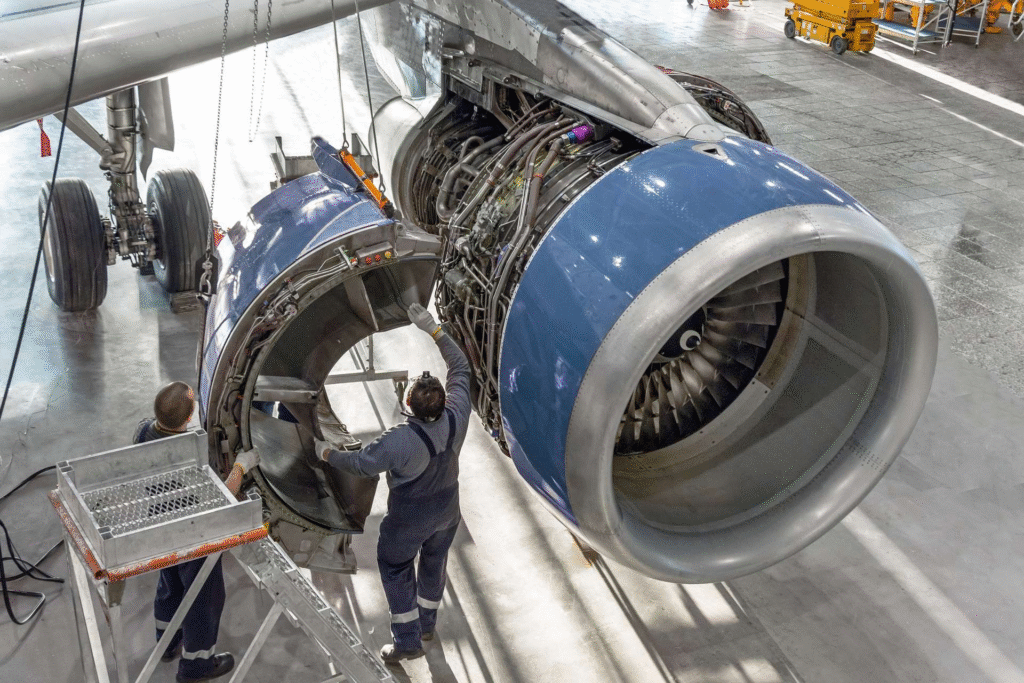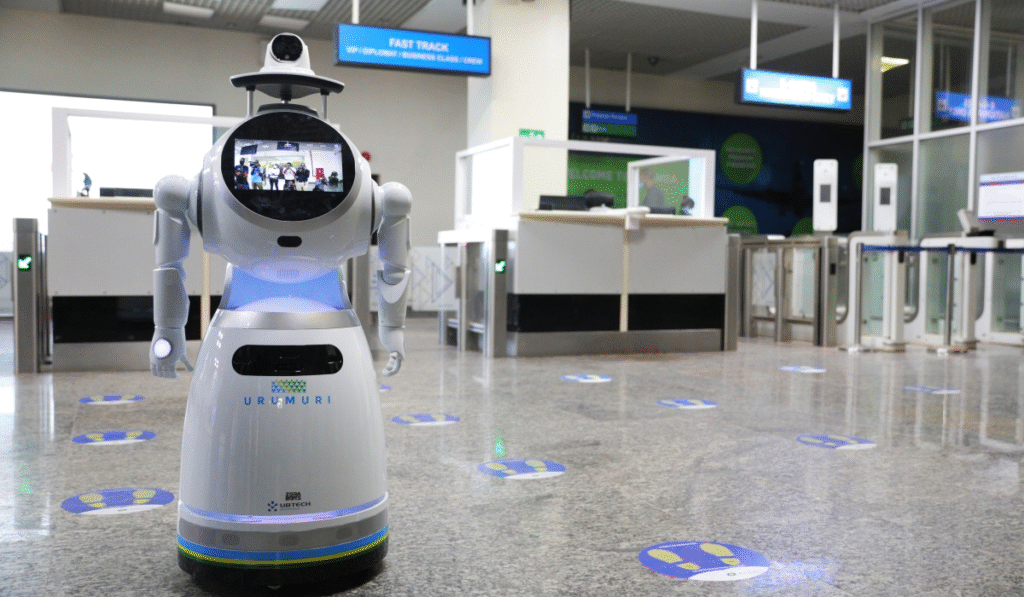Introduction

As space exploration becomes a frontier not only for global superpowers but also for emerging nations, Rwanda is taking deliberate steps to build capacity through education. Recognizing that human capital is the foundation of sustainable progress in aerospace, Rwanda is investing in the development of engineers, scientists, and technicians who can contribute to the country’s growing ambitions in space and aviation. With strategic partnerships and a forward-thinking education policy, Rwanda is integrating aerospace training into its national development agenda. This article examines Rwanda’s efforts to prepare its youth for careers in space science and engineering and the broader regional impact of this educational transformation.
Government Commitment to Science and Technology Education
Over the past decade, Rwanda has prioritized science, technology, engineering, and mathematics (STEM) in its education reforms, seeing it as critical to achieving its Vision 2050 goals. Through initiatives such as the National Strategy for Transformation and the work of the Ministry of Education, there has been a significant shift towards technical training, research development, and innovation.
Aerospace education is now a component of Rwanda’s broader ambition to become a knowledge-based economy. Institutions of higher learning are being encouraged to develop curricula focused on aeronautics, satellite engineering, and space science. These initiatives are supported by government funding and policy direction that links education with economic growth and technological self-sufficiency.
University Programs and Technical Training in Aerospace Fields

Rwanda has begun incorporating space science modules into university programs, particularly within institutions such as the University of Rwanda and the African Institute for Mathematical Sciences (AIMS). Students are being exposed to aerospace dynamics, orbital mechanics, and remote sensing technologies, providing foundational knowledge for future careers in space-related fields.
Additionally, technical and vocational education training (TVET) institutions are being equipped to offer hands-on learning in areas like electronics, instrumentation, and engineering design. These programs not only train future aerospace professionals but also prepare students for work in industries that support space missions—such as manufacturing, communications, and data analysis.
International collaborations are also playing a key role. Rwanda’s partnerships with countries like Japan, Israel, and the United Kingdom have led to knowledge exchanges, scholarships, and internships in aerospace engineering and satellite operations.
The IPRC and Rwanda’s Satellite Projects
A major turning point in Rwanda’s aerospace journey came with the launch of RwaSat-1 in 2019, the country’s first satellite, developed in collaboration with Japan’s space agency (JAXA). The satellite was built by Rwandan engineers trained through global partnerships, demonstrating the effectiveness of targeted education programs.
The Integrated Polytechnic Regional College (IPRC) has since become a hub for aerospace and satellite systems training, offering specialized programs in electronics and telecommunication that align with the needs of space-based industries. The experience gained from RwaSat-1 has laid a foundation for future missions and encouraged further development of educational content tailored to space operations.
Future Potential and Regional Impact
Rwanda’s focus on aerospace education not only benefits its domestic space ambitions but also positions the country as a regional center for training and innovation. By sharing expertise, hosting conferences, and developing open-access materials, Rwanda can support neighboring countries like Burundi, Uganda, and South Sudan in their space education efforts.
Moreover, these investments in aerospace training are part of a broader effort to attract private sector involvement, foster a space-tech startup ecosystem, and create high-skill jobs. As Africa’s space economy expands, countries that prioritize human capital development will be better positioned to participate in satellite development, launch services, and data analytics.
Conclusion
Rwanda’s commitment to aerospace education marks a bold and strategic investment in its future. By developing programs that train engineers and scientists in emerging space technologies, the country is laying the groundwork for long-term leadership in the African space sector. These efforts are not only empowering youth and building domestic expertise, but also contributing to regional knowledge-sharing and economic development. As Rwanda looks toward the stars, it does so with a clear focus on education—understanding that the space age will be built not only with rockets, but with minds equipped to imagine, design, and lead.


